

Did you know that the air you breathe indoors could be more polluted than the air outside? Yes, it’s true! And that’s not even the most mind-blowing part about your home’s climate control systems.
As climate change accelerates, optimizing smart temperature regulation isn’t just trendy, it’s vital. But what if the solution involves a technology you’ve never considered before?
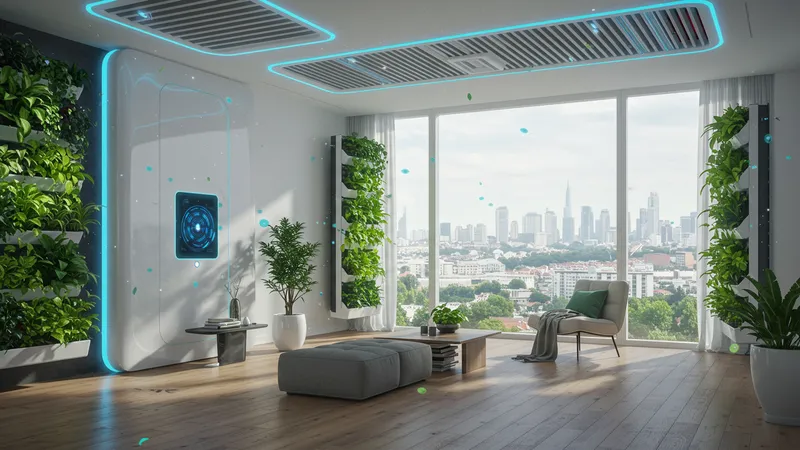
We've all heard of outdated thermostats, right? They’ve been quietly replaced by intelligent systems that do far more than just regulate temperature. These systems can learn your habits, adapt on the fly, and even cut down on energy usage remarkably. But that’s not even the wildest part…
Smart climate solutions are tapping into AI and IoT, transforming our relationship with indoor environments. Imagine a setup where your home adjusts itself in real-time, responding to changes in both weather and your personal comfort. But what happens next shocked even the experts…
Unbeknownst to most, modern smart climate systems are equipped with sensors that detect not only temperature but also humidity and occupancy. This means your HVAC system can engage differently when it senses more people or activity in a room. It's like having a personal climate concierge. Yet, there’s more that meets the eye...

Now, imagine these systems being able to communicate with other smart devices in your home. Your lights, stove, or even your entertainment system can synchronize to ensure energy efficiency. Some setups analyze your daily routine, subtly suggesting when you might want to leave a window open for natural cooling. However, the astonishing part lies just ahead...
Adoption of such technology isn’t just an environmental decision but an economic one too. Users report saving hundreds annually on electricity, thanks to intelligent energy management. But what's rarely discussed is how these savings transform into further investments in living sustainably. Is the future really about more green living, or is there a hidden cost?
The debate on whether these technologies may intrude on privacy is underway. With so much data being collected about our living patterns, some argue for stricter data regulations. But does the convenience outweigh the potential risks? Something else even more surprising is changing the game...
According to recent studies, households utilizing smart climate systems have seen an average energy reduction of nearly 30%. This figure is compelling when considering the broader impact on environmental conservation. But is this statistic too good to be true? Perhaps there’s a catch we haven't noticed yet...
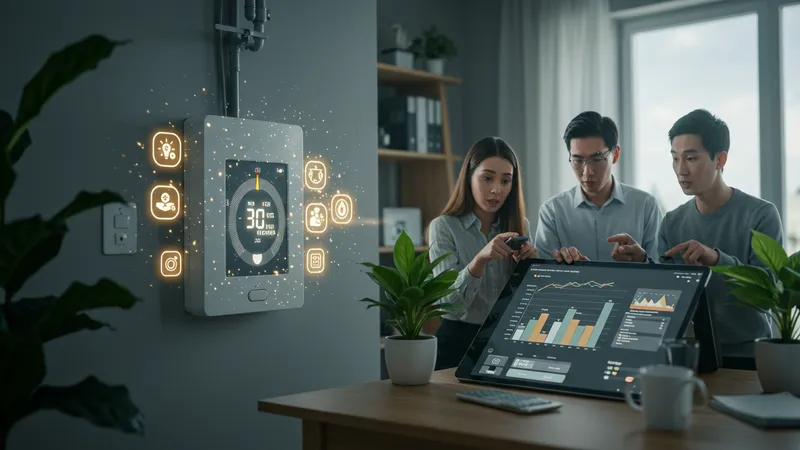
Now, delve into the numbers—homes with smart systems installed can reportedly save upwards of $500 annually. These savings speak volumes in terms of cost efficiency. Yet, skeptics question whether these figures account for the upfront installation costs, suggesting a deeper dive is necessary. But the real surprise is buried even further.
Moreover, manufacturer claims about AI-driven climate control improving air quality can't be ignored. An internal system that filters, purifies, and ensures optimal breathing conditions can significantly influence health. What role does clean air play in long-term wellbeing and happiness? The impacts might be more profound than first realized.
Despite these advancements, some users express frustration over software inconsistencies. System updates occasionally disrupt the seamless experience promised by these technologies. So, is perfection ever within reach? There’s still one more twist that you won't see coming...
When it comes to the environmental impact of smart climate systems, there's more than meets the eye. While these systems are energy-efficient, the manufacturing process still leaves a carbon footprint. However, this is increasingly reduced by companies committed to green practices. There's one twist that surprises even the eco-conscious...
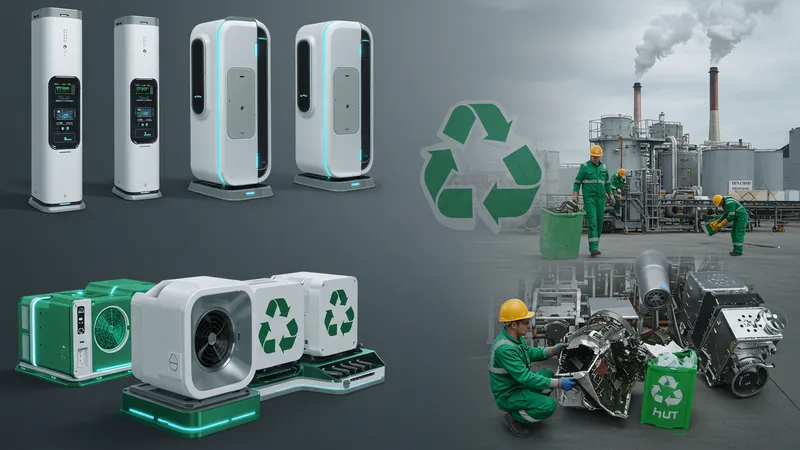
In fact, companies like EcoBreeze and SmartCool Pro are moving towards using recycled materials in their products, significantly lowering emissions during production. It demonstrates a commitment to sustainability beyond the product's usage phase. Yet, what very few talk about is the eventual disposal and recycling of these technologies. Something doesn’t quite add up...
Another consideration is the ongoing maintenance and updates needed for these systems to function optimally. Is this sustainable in the long run, or do we risk creating more tech-heavy waste? The efforts to create self-sufficient eco-friendly systems seem to be in an unending race against innovation itself.
Despite everything, the allure of reduced energy bills and a smaller environmental footprint is hard to resist. It's a domain where technology and sustainability must find a balance. But does this technology truly answer our needs, or does it simply create new ones? There’s yet another revelation waiting...
With many singing praises for smart systems, what do experts caution about? It's the rapid evolution of tech that's concerning. These systems thrive on fast-paced advancements, but they may leave behind outdated models and consumer confusion in their wake.

Additionally, experts highlight the need for improved user education. Many owners aren't aware of all the features or how to maximize their system's efficiency. This knowledge gap not only diminishes potential savings but also impedes the broader adoption of these technologies.
Moreover, some manufacturers struggle with ensuring devices are user-friendly. Overly complex interfaces can drive users away rather than inviting them into the future of home connectivity. It’s a dilemma of human interaction with technology that continues to evolve.
Despite the challenges, experts remain optimistic. They believe with continuous education and innovation, smart climate systems can revolutionize sustainable living, one home at a time. However, what you read next might change how you see this forever...
Artificial intelligence is often touted as the defining trait of future smart climate systems. But is AI in this domain truly groundbreaking, or has it been overhyped? According to some tech insiders, AI significantly enhances system responsiveness and adaptability, yet that's only part of the story.

The crux lies in how this AI is harnessed. There's potential for systems to become predictive, adjusting preemptively to changing requirements, but this involves massive data collection. Are we fully aware of the privacy implications of such data dependency?
Underneath all the tech glamour, AI-driven systems must continuously evolve through software updates. These updates can improve functionality or inadvertently disrupt systems. It's a reality tech companies rarely advertise, but their success hinges on seamless transitions.
A viable AI integration promises an enticing future of zero-intervention climate control. But, can it deliver this perfect balance, or does it merely shift control away from traditional means? What you learn next might confirm or challenge your instincts...
Transforming our homes with smart technologies isn't just a choice; it's an economic movement. These systems aren't a short-term investment; they promise long-term fiscal benefits. But are they everything they claim to be?
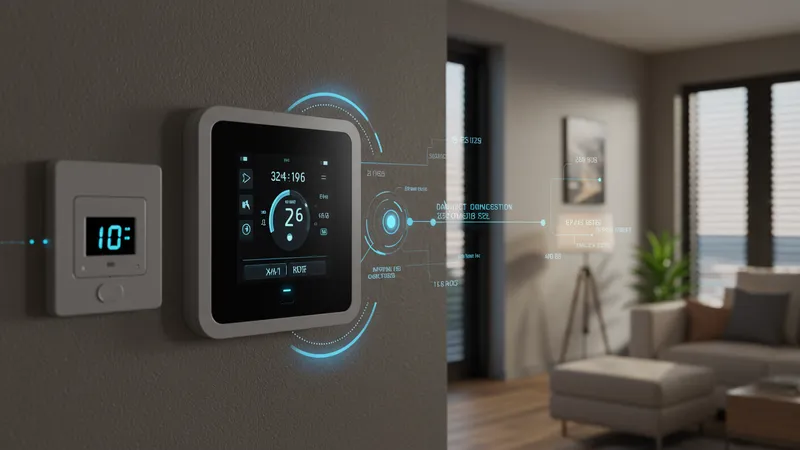
Certainly, there’s an undeniable up-front cost, but the substantial energy savings claim to even this out over time. Yet, what's not often discussed is the financial burden of maintenance and upgrades.
It's the question of cost versus value that keeps potential buyers on edge. However, those who make the leap often find themselves on a path leading to further upgrades and smart home integration.
Yet the smarter a home becomes, the more dependency emerges. Repairs and replacements become specialized and expensive. So, is the handsome promise of savings enough to tip the scales? You’ll be stunned by what follows...
Diving into consumer experiences reveals a rich weave of stories, ranging from absolute satisfaction to unforeseen frustration. What stands out is how personal these experiences can get.

One user praised the marked change in indoor air quality, particularly noting a decrease in allergies. Another was amazed by the intuitive learning feature, claiming it enhanced their comfort unexpectedly.
Contrastingly, some faced initial hiccups with installation and connectivity issues, finding the process daunting rather than seamless. Tech support, they argue, remains a key area for improvement.
But each story shares a common thread—adaptation leads to appreciation. Over time, what seemed complex became crucial for daily comfort. The transformation signifies a shift not just in technology, but in how we live. But there’s more about how these tales unfold...
Comfort now extends beyond just physical warmth or coolness; it touches emotional satisfaction. Smart systems cater to both, but their impact resonates deeply on a psychological level.
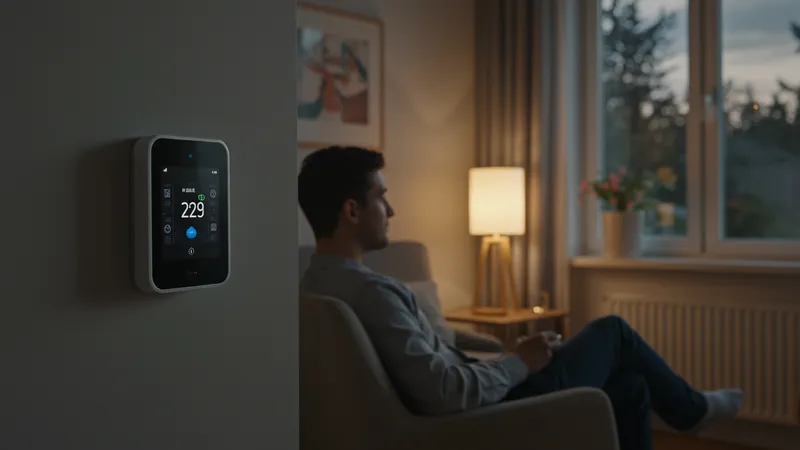
Experts say that personalized climate controls can create a sense of control and security in one's environment. But, there's a psychological dynamic at play that goes unseen at first glance.
This heightened engagement with one's home environment can trigger positive feelings, boosting mood and overall life satisfaction. Yet, for some, adaptation involves overcoming initial resistance.
It's the balance between embracing new tech and managing personal attachment to old habits. The subtle transformation in comfort levels goes beyond practical benefits, shaping lifestyles in unexpected ways.
Smart climate control is just the beginning. The tech industry is already buzzing with the next wave of innovations aimed at refining this experience.

Advancements in energy harvesting could redefine how systems get powered, potentially allowing units to generate their own energy. This is one frontier where possibilities seem endless.
Moreover, integrating renewable energy sources like solar or wind is on the horizon, suggesting hefty reductions in residence carbon footprints. But implementing such measures requires careful planning.
Could this mean a leap from smart homes to self-sustaining sanctuaries? The next installment of tech evolution will unravel possibilities that once sounded impossible.
In tackling climate change, smart systems are often showcased as part of the solution. By reducing unnecessary energy consumption, they contribute to a more sustainable future.
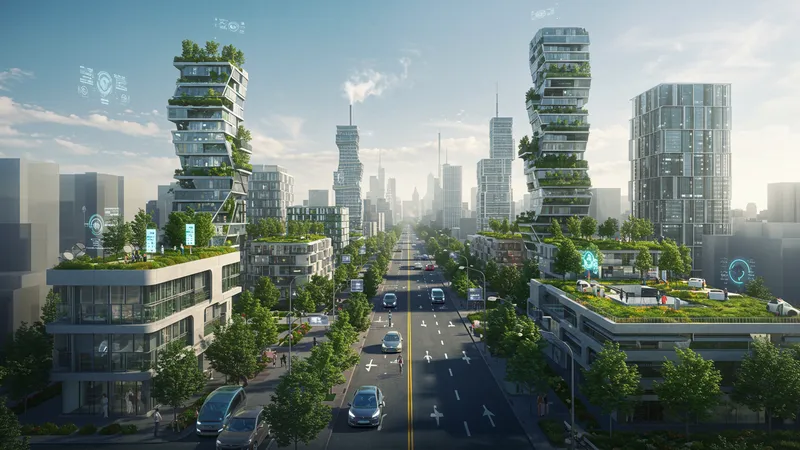
Yet, the question remains: Can these systems truly offset the cumulative damage of the past? Scientists remain cautiously optimistic as adoption rates rise.
Every small action counts, and smart systems symbolize millions of collective eco-friendly decisions daily. But, the true efficacy depends on widespread adoption.
Enhancing global policy alignment could be pivotal too. These systems alone can't solve climate change, but they're a significant step towards mobilizing further change.
Ensuring your home is ready for the future means creating adaptable spaces with flexible technology interfaces. Today's investment might very well be tomorrow's powerhouse.

Experts advise thinking beyond current tech. Modular systems offer upgradability without overhauling entire setups, essential for keeping pace with innovations.
A cornerstone of future-proofing lies in the smart grid. This ensures homes efficiently communicate with broader energy networks to sustain a functional ecosystem.
But the real secret to enduring relevance lies in a mindset shift towards continuous innovation. Each present decision echoes into the future now more than ever.
What makes smart climate systems a global phenomenon is their far-reaching genetic adaptability. Yet, local innovations bring unique flavors to this global trend.
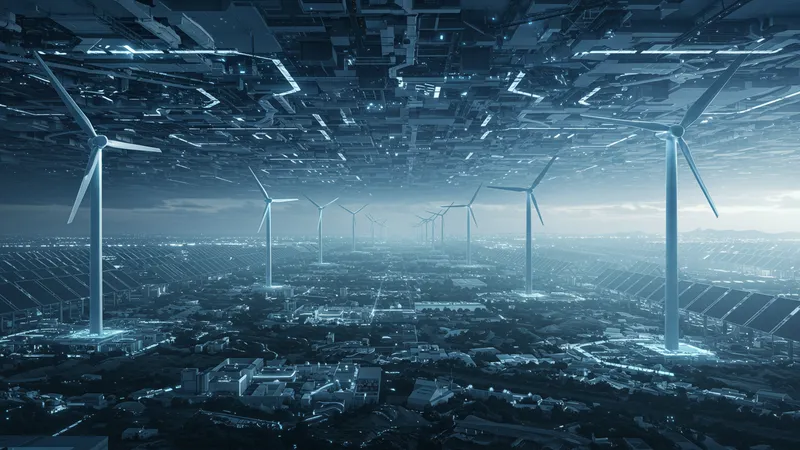
Countries known for technological prowess, from Japan to Germany, are pioneering customized solutions that address specific climate challenges.
Local ecosystems shape the innovations too. Subtleties in culture, usage patterns, and environmental conditions carve unique pathways for adoption.
It’s this blend of global perspective with local nuance that pushes climate technology from a novel trend to a transformative force worldwide.
As data becomes the new currency, smart climate systems raise valid concerns about user privacy. There’s debate on how much surveillance is too much.
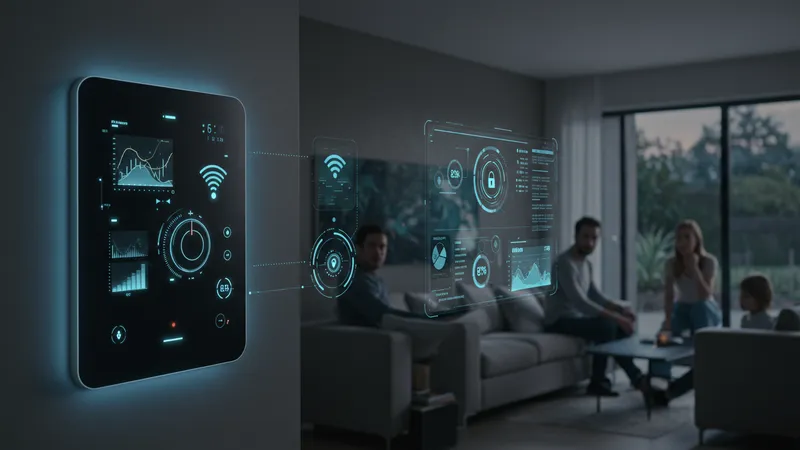
Many systems collect details ranging from room occupancy to daily habits to optimize use. But is this crossing a boundary of personal space?
Developers insist on strong encryption practices, yet critics argue for transparency and stricter regulations to assure user trust.
Regardless of stance, it’s a dialogue that’s essential in navigating the thin line between enhanced efficiency and personal privacy.
Across the globe, real-life examples demonstrate the tangible impact of smart climate systems beyond theory and statistics.
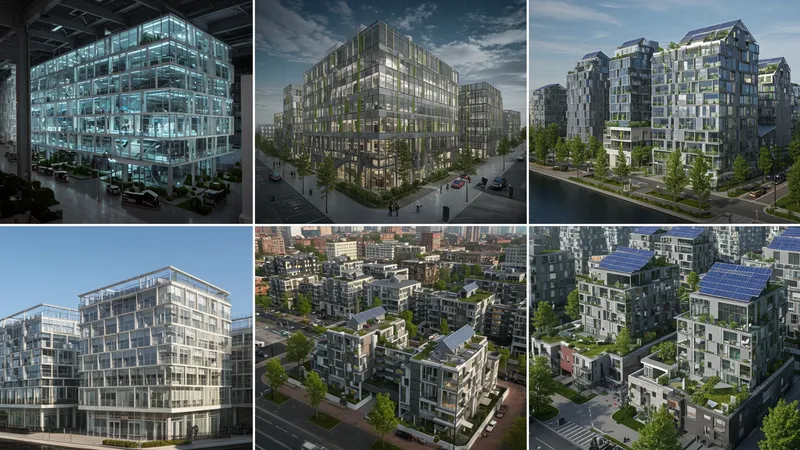
In cities like Amsterdam, commercial spaces harness smart systems to optimize health, ambiance, and productivity. Meanwhile, residential blocks in Vancouver are experimenting with energy-efficient prototypes.
These contextual applications underscore the systems' potential to transform spaces uniquely, considering each locale's climate and culture.
It’s evident that when applied practically, these technologies can lead to astonishing real-world improvements, not just pie-in-the-sky promises.
Unveiling the story of smart climate control reveals not just a technological evolution but a transformative way of thinking about our habitats. While comfort and sustainability grow intertwined, the narrative speaks volumes about the human drive to innovate and refine. Now that you know the hidden depths and potential of these systems, it's your turn to decide: will you adapt and innovate, or stay with the status quo? Start conversations, share this newfound knowledge, and explore avenues for a smarter future.